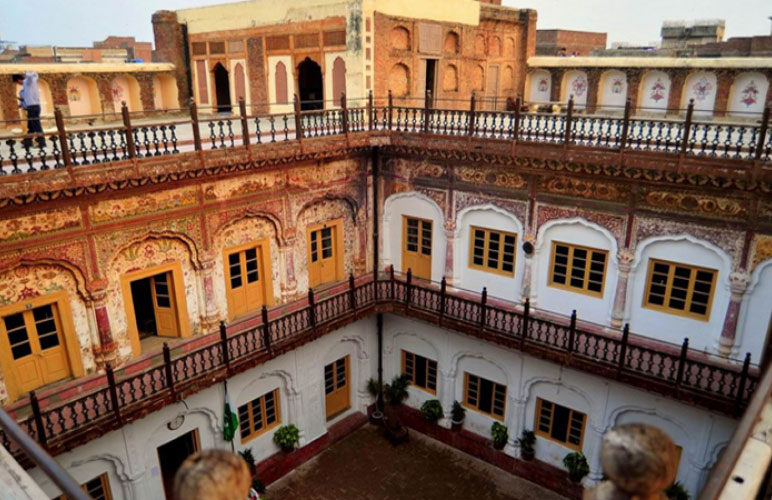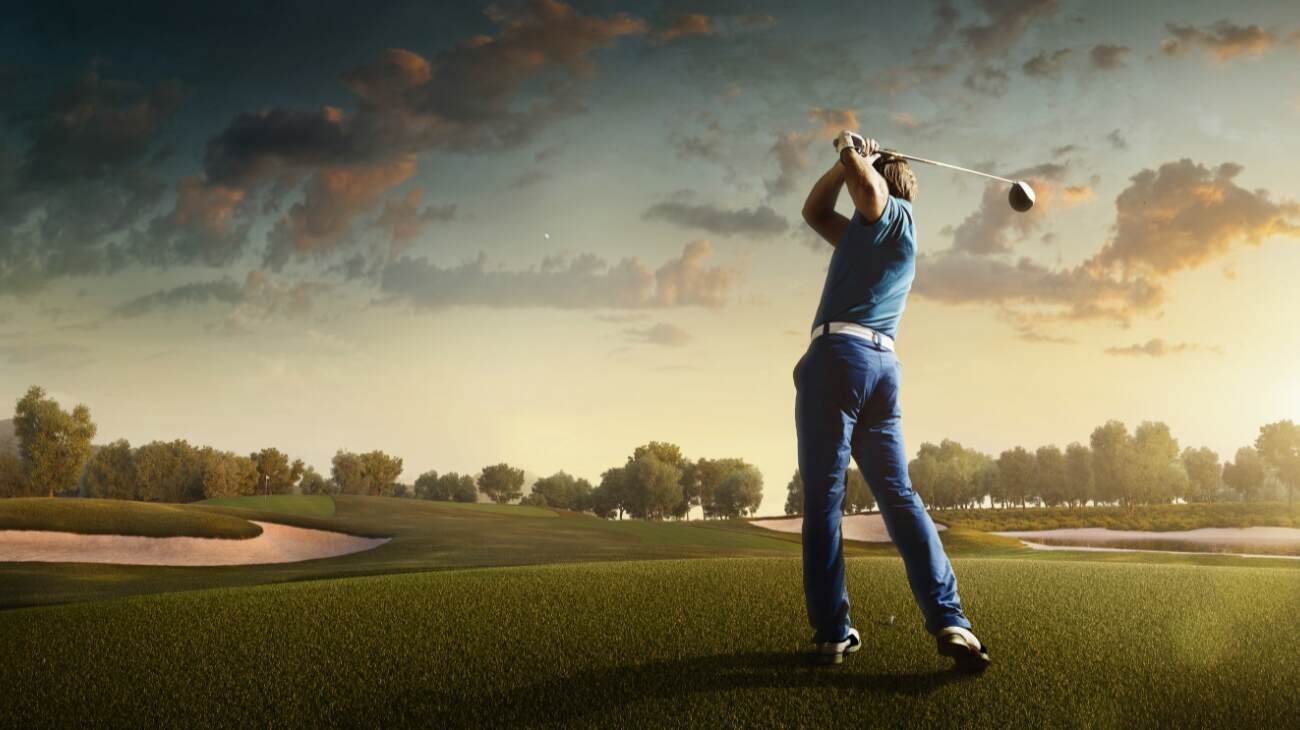In a Glimpse
On the main royal road within Delhi Gate, adjacent to the Dina Nath Haveli, is the Haveli Mian Sultan. Gali Mian Sultan, a street named after the same man, leads to the haveli’s entrance.
The Haveli is a three-story structure with a little structure on the fourth floor that may be seen. There are a lot of chambers inside the haveli, as well as a splendid Sheesh Mahal on the roof. The Sheesh Mahal was constructed in the same style as the Sheesh Mahal at the Lahore Fort.
Background and History
Mian Sultan, a Kashmiri by caste, worked as a soap producer during the Sikh era. In addition, he was a master of the sport of wrestling. He became a contractor for public works during the British era, and his profits from this source were substantial.
He grew to be a wealthy man, and his name was changed to Mian Mohammad Sultan, a contractor. He was the demolisher of numerous historic structures and mausoleums, as well as the function Object of numerous edifices to replace those he demolished.
He built a Haveli at the Delhi Gate bazaar, Landa Bazaar, and Serai Sultan outside the Delhi Gate. During the British administration, the Main Sultan built the Lahore Railway Station and the Delhi Gate.
Architecture and Interior

On the major royal road within Delhi Gate, near the Dina Nath Haveli, is the Haveli Mian Sultan. Gali Mian Sultan, a street named after the same man, leads to the Haveli’s entrance. The Haveli is a three-story structure with a little structure on the fourth floor that may be seen. The wooden balcony that overlooks the bazaar distinguishes the haveli. The ground story is occupied by shops, the upper floor is a residence, and the middle floor, with its artistic ornamentation, is open to visitors. The location may be reached by a tiny stairway on the building’s side. There are a lot of chambers inside the Haveli, as well as a lovely Sheesh Mahal on the roof.
The haveli and its interior are a visual feast. The Haveli is entered by a narrow dark door that leads to a staircase, and as you climb the stairs, you will be amazed by the architecture and spiral pattern. Because it was Sultan the Contractor’s Haveli, it had to be a masterpiece. The interior of the Haveli is even more enchanting than the outside, with multiple rooms, a mezzanine floor, and, most importantly, a Sheesh Mahal
The Sheesh Mahal was constructed in the same style as the Sheesh Mahal at the Lahore Fort. Though several mirrors have cracked, the replica, which has lofty arches and a raised platform, is generally intact. One can also see sunshine or moonlight reflecting the balcony and illuminating the room throughout all times of the day and night. However, the space is now being used as storage, and the owners are not interested in allowing tourists to visit.
Dina Nath Haveli
Dina Nath Haveli is located across the street from Haveli Mian Sultan. Dina Nath, a Kashmiri Pandit, was invited to Maharaja Ranjit Singh’s court in 1815 to tabulate the finances for the military department. Dina Nath became the ‘Diwan’ or custodian of money in 1826 after one of the Maharaja’s courtiers died, and in 1834 he became the head of the civil and finance office.
Heritage Landmarks
Both buildings, as well as 14 others, were declared heritage landmarks by the Walled City of Lahore Authority (WCLA) in 2018. This means that the existing owners of both Havelis will have to apply to the WCLA for permission to make improvements to the structures. Though this is a solid first step, conservationists must consider the requirements of present haveli dwellers, who have an equal claim to the site, and chronicling their histories is critical to understanding the post-partition evolution of the Walled City. For the time being, history buffs can still stroll through the streets in search of sites and stories that testify to Old Lahore’s rich history.




